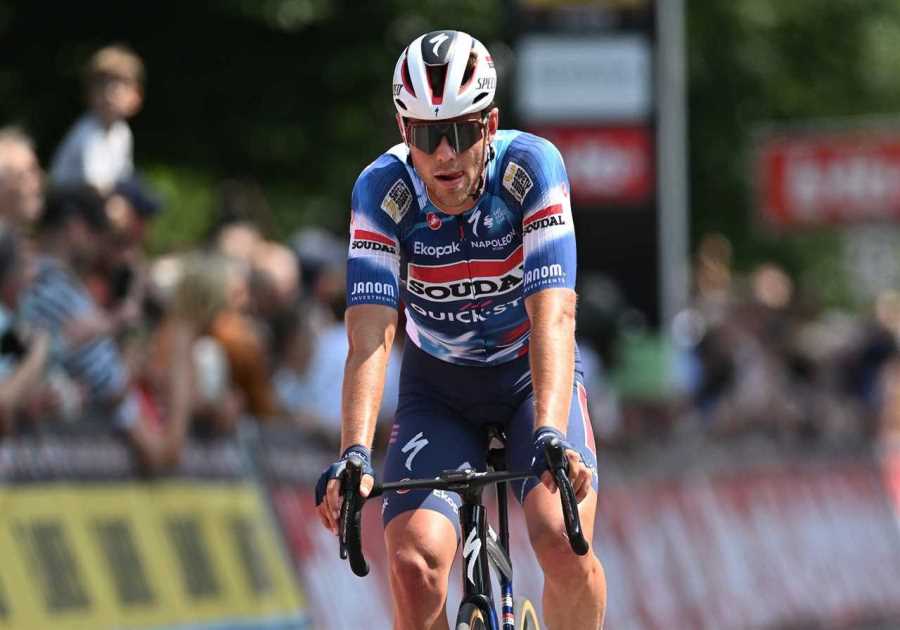Highlights:
1. Keep Your Head Safe. Wear a Helmet.
2. Be sure your bicycle is roadworthy. Make sure your bicycle matches your physical stature. Be sure of the right size and that your can operate the controls.
3. Ride Wisely. Research the applicable laws and also comply with the
Rules of the Road.
4. Be Predictable. Imitate a regular driver of a vehicle.
5. Be Visible. See and also Be Seen at All Times.
6. "Drive" with Care. Share the Roadway.
7. Stay Focused. Keep Alert.
xxx
1. Shield Your Head. Use a Headgear.
Never ride a bike without wearing appropriately equipped headgear. Helmets work in preventing stressful head injuries, the main root cause of fatality and disabling injuries resulting from cycling crashes. Wear a headgear that satisfies the U.S. Customer Product Safety Commission (CPSC) criterion (see inside of safety helmet for existence of a label). To learn more see the sales brochure: " Fitting Your Bike Headgear" in English:
www.nhtsa.gov/staticfiles/nti/bicycles/pdf/8019_Fitting-A-Helmet. pdf.
2. Guarantee Bike Preparedness. Ensure Correct Dimensions as well as Functions of Bike.
Make use of a bike that fits you:
Select dimension: stand next to your Bike - there must be 1-2 inches of clearance in between you and the tube ( bar) and 5 inches of clearance if riding a mountain bike.
Adjust seat height-- with a foot on the pedal, the completely expanded leg needs to have a slight bend.
Check all parts of the bike to see to it they are protected and functioning well.
Handlebars should be strongly in place as well as transform conveniently.
Wheels should be straight and also secure, quick release wheels must be properly secured (Check the owner's manual).
Brakes need adjusting by an experienced professional if: you can not stop quickly; you apply the hand brake levers as well as they touch the handlebars; the brake pads are used erratically or they are divided greater than one-eighth of an inch from the rim.
3. Trip Intelligently. Discover and Comply With the Rules of the Roadway.
Bicyclists are considered lorries when traveling as well as must comply with traffic laws that apply to automobile.
Always trip with web traffic as well as obey traffic signal, indicators, rate restrictions, and also lane markings.
Know your website traffic laws discovered in your State motorists' licensing handbook.
Signal ahead of a turn; usage proper hand signals so others can anticipate your actions.
Yield to pedestrians as well as various other cars, as ideal.
If you choose to ride on a pathway, take additional caution at driveways and various other cross-ways.
Check for traffic by looking left-right-left before entering a road.
Manage your rate by utilizing your brakes. If your bike has hand brakes, use the back brakes somewhat prior to the front brakes.
4. Be Predictable - Imitate a Motorist in a Car.
Older kids and also grownups are most safe riding on the road where the habits and also duties need to be the same as all car operators.
Constantly trip with the circulation of web traffic, on the right side of the road, and as far to the right of the road as is possible and risk-free. Motorists do not expect to see traffic being available in the contrary direction or on the walkway. When drivers do not expect to see you, they might pull acrossyour path or turn into you, causing a crash.
Trip straight and do not swerve in a lane or in as well as out of oncoming traffic.
5. Pay attention. See and Be Seen constantly.
Always assume you are not seen by others. Bicyclists should take duty for being visible
to drivers, pedestrians, as well as other bicyclists. To improve your exposure in the evening and also in low visibility conditions (dawn, dusk, as well as inclement weather condition):.
Use neon and also fluorescent colors. Wear unique apparel made from reflective materials,
as an example, retro-reflective vests, jackets, wristbands, as well as spots for your back, legs and arms, as well as a safety helmet.
Set up bike reflectors on both the front as well as back of your bicycle. If a carrier is added, make sure the back reflector shows up. A flashing red light on the back of the bike, backpack, or safety helmet will increase your exposure to others.
Know your state or regional legislation concerning use lights on bicycles. Several States have regulations that need bicyclists to utilize a white front light during the night. Use of lights in low-visibility conditions is also advised.
Younger children need to be dissuaded from riding at night.
6. "Drive" with Care. Share the Road.
When you ride on roadways, consider on your own the motorist of a lorry and constantly keep security in mind.
Trip in the bike lane, if offered. If riding in the traveling lane, flight to the right. If the lane is slim, it may be safer to "take" the lane by riding between, instead of "share" the lane with a vehicle.
Take additional safety measures when riding on a street. Bicycles are smaller sized than motor vehicles, as well as don't protect the operator like a car. You need to:
Make eye contact, smile, or wave to connect with drivers. Politeness and also predictability are a vital to secure biking.
Be mindful and aware of vehicle drivers and also pedestrians. Learn to anticipate their activities. Remember, pedestrians have the right-of-way.
Flight much enough away from the curb to avoid the unforeseen from parked autos ( i.e. opening doors or motorists pulling out without checking for others).
Maintain control of your bicycle: look behind you while keeping your bicycle in a straight path; have the ability to ride with one hand on the handlebars as well as signal a turn ( Practice these skills in a wide open parking lot).
Always look into your shoulder, as well as if possible, signal prior to transforming lanes.
See to it that books, garments, as well as various other products are securely affixed to the bike or carried in a knapsack.
Usage bells, horns, or your voice to alert pedestrians and bicyclists that you are approaching or passing.
7. Stay Focused. Stay Alert.
Never put on headphones; they prevent your capability to hear traffic.
Always try to find barriers in your course; gaps; cracks; development joints; railroad tracks; wet fallen leaves; drainage grates; or anything that might make you loss. Prior to walking around any item, scan ahead and also behind you for a space in crowded traffic, signal your purposes to change lanes or turn then follow up.
Be aware of the traffic around you. Ride defensively.
Be extra care when riding in wet weather condition, ice, frost, or snow. Slow your rate of speed and also allow additional time and room to stop under these conditions
Use added care when going across bridges, they tend to be slippery under these conditions. When going across a railroad track; cautiously cross tracks at a 90-degree angle.
For more details on bicycle security, see the
National Highway Traffic Safety Management
( NHTSA) Internet site at www.nhtsa.gov/bicycles or
contact a neighborhood bicycle club or shop.






